Recently, Bloomberg Businessweek published an article titled “Where is “driverless ” heading? “The article pointed out that the future of unmanned driving is very far away.
The reasons given are roughly as follows:
“Unmanned driving costs a lot of money and technology progresses slowly; autonomous driving is not necessarily safer than human driving; deep learning cannot deal with all corner cases, etc.”
The background of Bloomberg’s questioning of unmanned driving is that the landing node of unmanned driving has indeed exceeded most people’s expectations . However, Bloomberg only listed some superficial problems of unmanned driving, but did not go further, and comprehensively presented the development status and future prospects of unmanned driving.
This is easily misleading.
The consensus in the auto industry is that autonomous driving is a natural application scenario for artificial intelligence. Not only Waymo, Baidu, Cruise, etc. are involved in it, but many car companies have also listed the timetable for autonomous driving, and the ultimate goal is driverless driving.
As a longtime observer of the autonomous driving space, the XEV Institute sees the following:
- In some urban areas in China, booking a Robotaxi via mobile phone is already very convenient.
- With the development of technology, the policy is also constantly improved. Some cities have successively opened demonstration zones for the commercialization of autonomous driving. Among them, Beijing Yizhuang, Shanghai Jiading and Shenzhen Pingshan have become autonomous driving arenas. Shenzhen is also the first city in the world to legislate for L3 autonomous driving.
- L4′s smart driving program has reduced dimensionality and entered the passenger car market.
- The development of unmanned driving has also prompted changes in lidar, simulation, chips and even the car itself.
Behind the different scenes, although there are differences in the development progress of autonomous driving between China and the United States, the commonality is that the sparks of the autonomous driving track are actually accumulating momentum .
1. Bloomberg questioned, “autonomous driving is still far away”
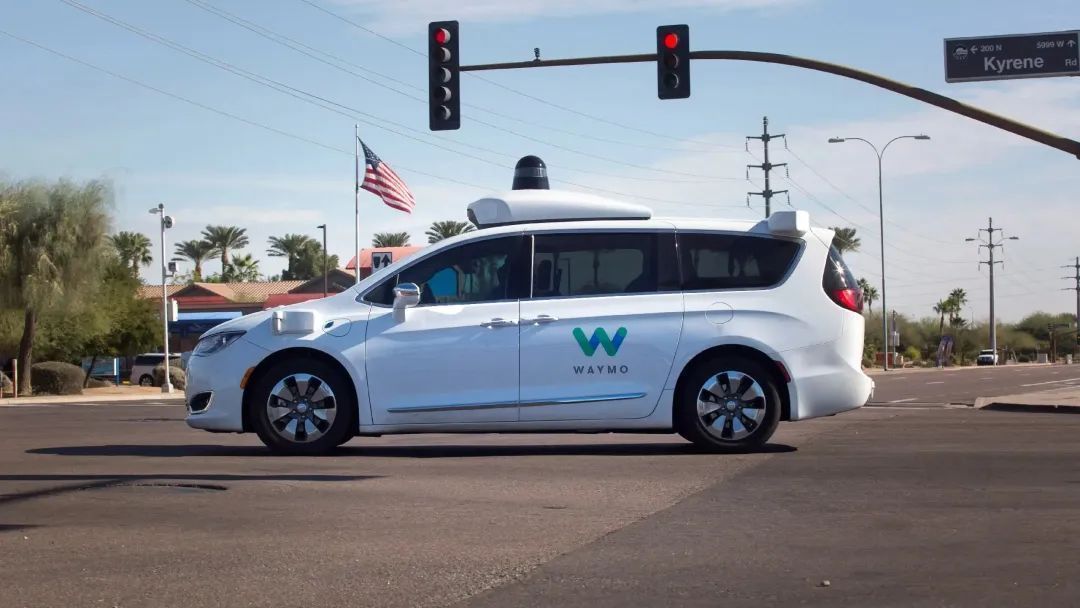
First understand a standard.
According to the standards of the Chinese and American industries, unmanned driving belongs to the highest level of automatic driving, which is called L5 under the American SAE standard and level 5 under the Chinese automatic driving level standard.
Unmanned driving is the king of the system , ODD is designed to operate in an unlimited range, and the vehicle is fully autonomous.
Then we come to the Bloomberg article.
Bloomberg listed more than a dozen questions in the article to prove that autonomous driving will not work.
These problems are mainly:
- It is technically difficult to make an unprotected left turn;
- After investing $100 billion, there are still no self-driving vehicles on the road;
- The consensus in the industry is that driverless cars will not wait for decades;
- The market value of Waymo, the leading autonomous driving company, has dropped from $170 billion to $30 billion today;
- The development of early self-driving players ZOOX and Uber was not smooth;
- The accident rate caused by autonomous driving is higher than that of human driving;
- There is no set of test criteria to determine whether driverless cars are safe;
- Google (waymo) now has 20 million miles of driving data, but to prove that it caused fewer deaths than bus drivers would need to add another 25 times the driving distance, which means that Google can’t prove that autonomous driving will be safer;
- Computers’ deep learning techniques don’t know how to deal with many common variables on the road, such as pigeons on city streets;
- The edge cases, or corner cases, are infinite, and it is difficult for a computer to handle these scenarios thoroughly.
The above problems can be simply classified into three categories: the technology is not good, the security is not enough, and it is difficult to survive in business .
From the outside of the industry, these problems may mean that autonomous driving has really lost its future, and it is unlikely that you want to ride in an autonomous car in your lifetime.
The core conclusion of Bloomberg is that autonomous driving will be difficult to popularize for a long time.
In fact, as early as March 2018, someone asked on Zhihu, “ Can China popularize driverless cars within ten years? ”
From the question to today, every year someone goes up to answer the question. In addition to some software engineers and autonomous driving enthusiasts, there are also companies in the automotive industry such as Momenta and Weimar. Everyone has contributed various answers, but so far there is still no answer. Humans can give a definite answer based on facts or logic.
One thing that Bloomberg and some Zhihu respondents have in common is that they are too concerned about technical difficulties and other trivial issues, thus denying the development trend of autonomous driving.
So, can autonomous driving become widespread?
2. China’s autonomous driving is safe
We want to clear up Bloomberg’s second question first, whether autonomous driving is safe .
Because in the automotive industry, safety is the first hurdle, and if autonomous driving is to enter the automotive industry, there is no way to talk about it without safety.
So, is autonomous driving safe?
Here we need to make it clear that autonomous driving, as a typical application in the field of artificial intelligence, will inevitably lead to traffic accidents from its rise to maturity.
Similarly, the popularization of new travel tools such as airplanes and high-speed rails is also accompanied by accidents , which is the price of technological development.
Today, autonomous driving is reinventing the car, and this revolutionary technology will liberate human drivers, and that alone is heartening.
The development of science and technology will bring about accidents, but it does not mean that food is abandoned because of choking. What we can do is to make the technology continue to improve, and at the same time, we can provide a layer of insurance for this risk .
As a long-term observer in the field of autonomous driving, the XEV Research Institute has noticed that China’s policies and technical routes (bicycle intelligence + vehicle-road coordination) are putting a safety lock on autonomous driving.
Taking Beijing Yizhuang as an example, from the early self-driving taxis with a safety officer in the main driver, to the current unmanned autonomous vehicles, the safety officer in the main driver’s seat has been cancelled, and the co-driver is equipped with a safety officer and brakes. The policy is for autonomous driving. It was released step by step.
The reason is very simple. China has always been people-oriented, and the government departments, which are the regulators of autonomous driving, are cautious enough to put personal safety in the most important position and “arm to the teeth” for passenger safety. In the process of promoting the development of autonomous driving, all regions have gradually liberalized and steadily advanced from the stages of the main driver with a safety officer, the co-driver with a safety officer, and no safety officer in the car.
In this regulatory context, autonomous driving companies must abide by strict access conditions, and the scenario test is an order of magnitude higher than the human driver’s license requirements. For example, in order to obtain the highest-level T4 license plate in the autonomous driving test, the vehicle needs to pass 100% of the 102 scene coverage tests.
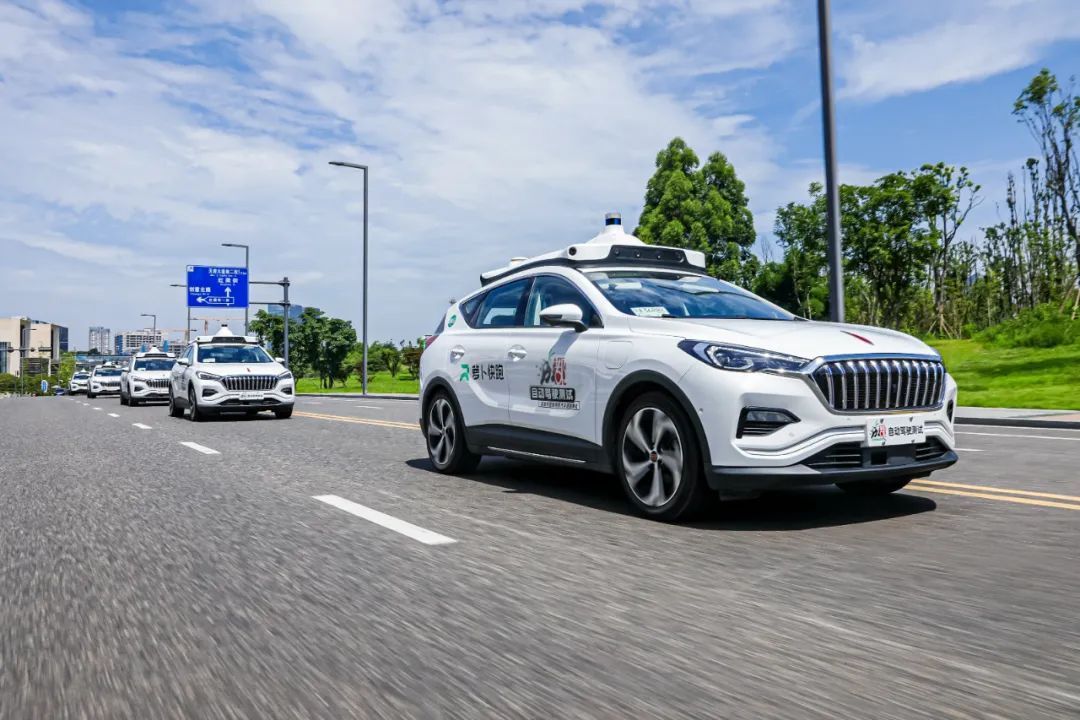
According to the actual operation data of many demonstration areas, the safety of autonomous driving is much better than that of human driving. In theory, fully unmanned autonomous driving can be implemented. In particular, the Yizhuang Demonstration Zone is more advanced than the United States and has safety beyond the international level.
We don’t know whether autonomous driving in the United States is safe, but in China, autonomous driving is guaranteed .
After clarifying the safety issues, let’s look at Bloomberg’s first core question, is autonomous driving technology feasible?
3. Technology moves forward in small steps in the deep water area, although it is far and near
To evaluate whether autonomous driving technology works, it depends on whether the technology continues to improve and whether it can solve the problems in the scene.
Technological progress is first reflected in the changing shape of self-driving cars.
From the initial large-scale purchase of Dajielong and Lincoln Mkz vehicles by self-driving companies such as Waymo, and retrofitting of after-installation, to the cooperation with car companies in front-loading mass production, and today, Baidu has begun to produce vehicles dedicated to autonomous taxi scenarios. The final form of unmanned vehicles and self-driving cars is gradually emerging.
The technology is also reflected in whether it can solve problems in more scenarios.
At present, the development of autonomous driving technology is entering deep water.
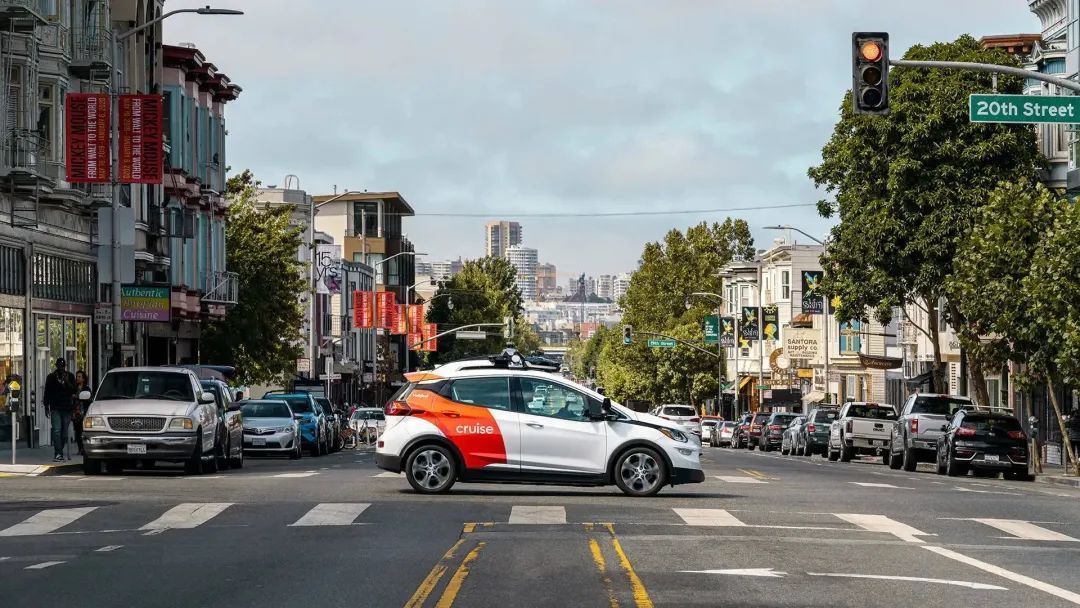
The meaning of the deep water area is mainly that the technical level starts to deal with more complex scenarios. Such as urban roads, the classic unprotected left turn problem, and so on. In addition, there will be more complex corner cases.
These spread the pessimism of the entire industry, coupled with the complicated external environment, which eventually led to a capital winter. The most representative event is the departure of Waymo executives and the fluctuations in valuation. It gives the impression that autonomous driving has entered a trough.
In fact, the head player didn’t stop.
For the pigeons and other issues raised by Bloomberg in the article. In fact, cones, animals, and left turns are typical urban road scenes in China , and Baidu’s self-driving vehicles have no problem handling these scenes.
Baidu’s solution is to use vision and lidar fusion algorithms for accurate identification in the face of low obstacles such as cones and small animals. A very practical example is that when riding a Baidu self-driving car, some media have encountered the scene of the self-driving vehicle dodging branches on the road.
Bloomberg also mentioned that Google’s self-driving miles cannot prove to be safer than human drivers .
In fact, the test effect of a single case run cannot explain the problem, but the scale operation and test results are enough to prove the generalization ability of automatic driving. At present, the total mileage of Baidu Apollo autonomous driving test has exceeded 36 million kilometers, and the cumulative order volume has exceeded 1 million. At this stage, the delivery efficiency of Apollo autonomous driving on complex urban roads can reach 99.99%.
In response to the interaction between the police and the police, Baidu’s unmanned vehicles are also equipped with 5G cloud driving, which can follow the traffic police command through parallel driving.
Autonomous driving technology is constantly improving.
Finally, technological progress is also reflected in the increasing security .
Waymo said in a paper, “Our AI driver can avoid 75% of crashes and reduce serious injuries by 93%, while under ideal conditions, the human driver model can only avoid 62.5% of crashes and reduce 84% were seriously injured.”
Tesla ’s Autopilot accident rate is also falling .
According to safety reports disclosed by Tesla, in the fourth quarter of 2018, an average traffic accident was reported for every 2.91 million miles driven during Autopilot-enabled driving. In the fourth quarter of 2021, there was an average of one collision per 4.31 million miles driven in Autopilot-enabled driving.
This shows that the Autopilot system is getting better and better.
The complexity of technology determines that autonomous driving cannot be achieved overnight, but it is not necessary to use small events to negate the big trend and blindly sing bad.
Today’s autonomous driving may not be smart enough, but taking small steps is far away.
4. Unmanned driving can be realized, and sparks will eventually start a prairie fire
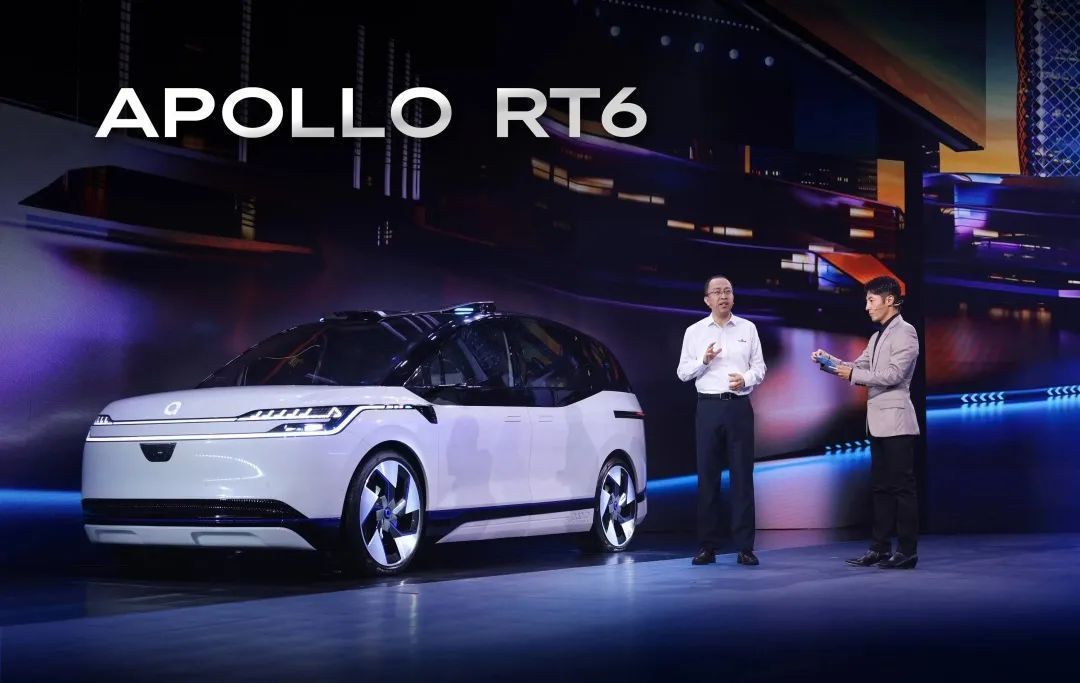
Finally, the Bloomberg article’s argument that after burning out $100 billion will be slow, and that autonomous driving will take decades.
Technology solves problems from 0 to 1 . Businesses solve problems from 1 to 10 to 100. Commercialization can also be understood as a spark.
We have seen that while the leading players are constantly iterating on their technologies, they are also exploring commercial operations .
At present, the most important landing scene of unmanned driving is Robotaxi. In addition to removing safety officers and saving the cost of human drivers, self-driving companies are also reducing the cost of vehicles.
Baidu Apollo, which is at the forefront, has continuously reduced the cost of unmanned vehicles until it released a lower-cost unmanned vehicle RT6 this year, and the cost has dropped from 480,000 yuan in the previous generation to 250,000 yuan now.
The goal is to enter the travel market , subverting the business model of taxis and online car-hailing.
In fact, taxis and online car-hailing services serve C-end users at one end, and support drivers, taxi companies and platforms at the other end, which has been verified as a viable business model. From the perspective of business competition, when the cost of Robotaxi, which does not require drivers, is low enough, safe enough, and the scale is large enough, its market driving effect is stronger than that of taxis and online car-hailing.
Waymo is also doing something similar. At the end of 2021, it reached a cooperation with Ji Krypton, which will produce a driverless fleet to provide exclusive vehicles.
More commercialization methods are also emerging, and some leading players are cooperating with car companies .
Taking Baidu as an example, its self-parking AVP products have been mass-produced and delivered in WM Motor W6, Great Wall Haval, GAC Egypt safety models, and the Pilot Assisted Driving ANP products have been delivered to WM Motor at the end of June this year.
As of the first quarter of this year, Baidu Apollo’s total sales have exceeded 10 billion yuan, and Baidu disclosed that this growth was mainly driven by the sales pipeline of large automakers.
Reducing costs, entering the stage of commercial operation, or reducing dimensionality and cooperating with car companies, these are the foundations for unmanned driving.
In theory, whoever can cut costs the fastest can bring Robotaxi into the market. Judging from the exploration of leading players such as Baidu Apollo, this has certain commercial feasibility.
In China, technology companies are not playing a one-man show on the driverless track, and policies are also fully escorting them.
Autonomous driving test areas in first-tier cities such as Beijing, Shanghai and Guangzhou have already started operations.
Inland cities such as Chongqing, Wuhan, and Hebei are also actively deploying autonomous driving test areas. Because they are in the window of industrial competition, these inland cities are no less than first-tier cities in terms of policy strength and innovation.
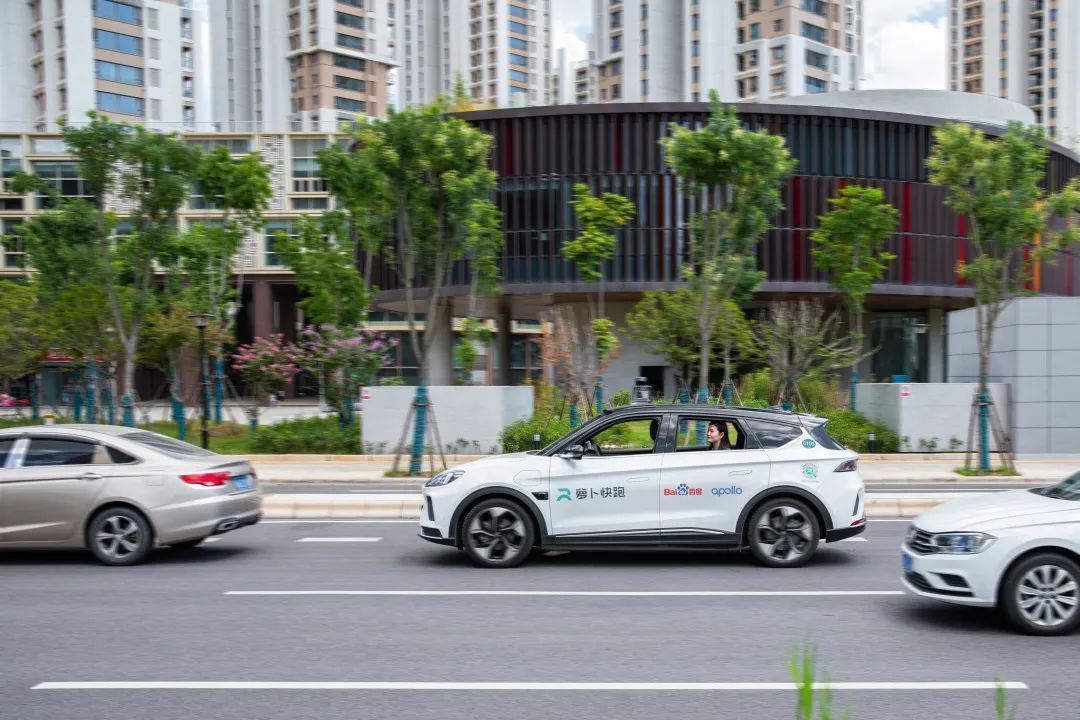
The policy has also taken an important step, such as Shenzhen’s legislation for L3, etc., which stipulates the liability of traffic accidents at different levels.
User awareness and acceptance of autonomous driving is increasing. Based on this, the acceptance of automatic assisted driving is increasing, and Chinese car companies are also providing users with urban pilot assisted driving functions.
All of the above are helpful for the popularization of unmanned driving.
Since the U.S. Department of Defense launched the ALV land automatic cruise program in 1983, and since then, Google, Baidu, Cruise, Uber, Tesla, etc. have joined the track. Today, although unmanned vehicles have not yet been widely popularized, autonomous driving is on the way. Step by step towards the final evolution of unmanned driving.
Along the way, well-known capital gathered here .
For now, it is enough that there are commercial companies willing to try and investors who support it along the way.
The service that works well is the way of human travel, and if it fails, it will naturally give up. Taking a step back, any technological evolution of mankind requires pioneers to try. Now some autonomous driving commercial companies are willing to use technology to change the world, what we can do is to give a little more time.
You may be asking, how long will it take for autonomous driving to arrive?
We cannot give a definite point in time.
However, there are some reports available for reference.
In June this year, KPMG released a “2021 Global Auto Industry Executive Survey” report, showing that 64% of executives believe that self-driving car-hailing and express delivery vehicles will be commercialized in major Chinese cities by 2030.
Specifically, by 2025, high-level autonomous driving will be commercialized in specific scenarios, and the sales of cars equipped with partial or conditional autonomous driving functions will account for more than 50% of the total number of cars sold; by 2030, high-level autonomous driving will be in It is widely used on highways and on a large scale in some urban roads; by 2035, high-level autonomous driving will be widely used in most parts of China.
In general, the development of unmanned driving is not as pessimistic as in the Bloomberg article. We are more willing to believe that sparks will eventually start a prairie fire, and technology will eventually change the world .
Source: First Electric Network
Post time: Oct-17-2022